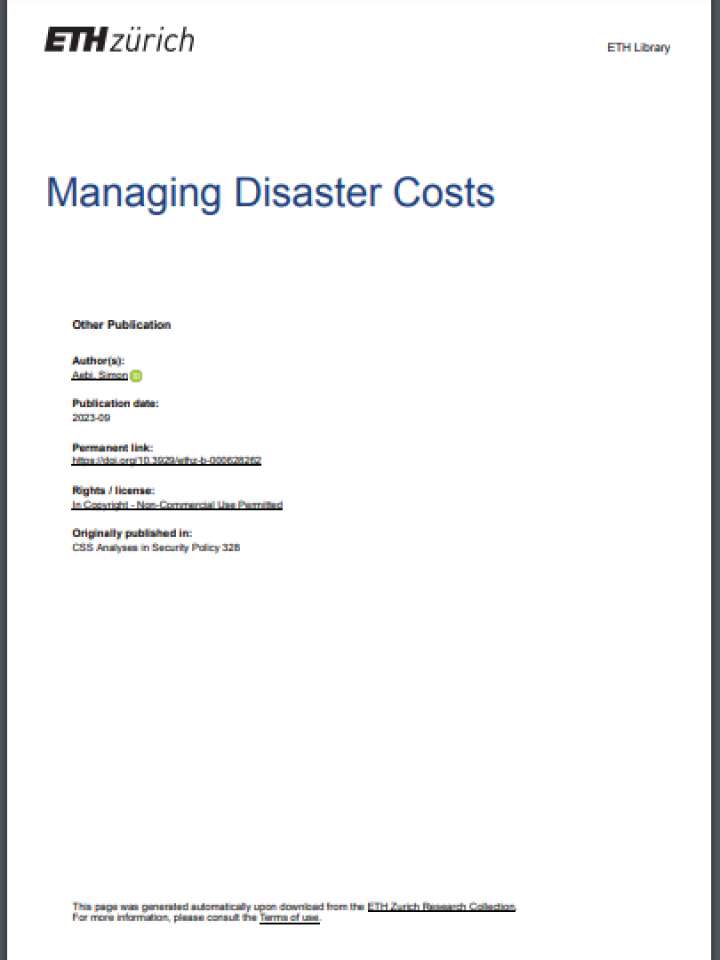Managing disaster costs
This paper looks into how the increasing frequency and magnitude of climate-exacerbated hazards, coupled with the growing vulnerability of societies worldwide, are raising the financial costs of disasters. Governments finance a larger share of these costs through post-disaster measures. However, reducing risk and optimizing the allocation of pre-disaster resources can reduce the negative financial impact on governments.
The following key points serve as a basis for managing rather than responding to disaster costs:
- First, investing in disaster risk reduction reduce not just the physical impact of a disaster but also its financial outcome in a more cost-efficient way than just relying on post-disaster DRF.
- Second, investments in risk reduction and financing the materialized costs of a disaster are interlinked and, in combination, provide the basis for managing disaster costs more effectively.
- Third, adequate disaster risk financing strategies and mechanisms need to be assessed and implemented before disasters occur in order to be adequate. In addition, assessing future disaster risk costs can provide a better understanding of investment opportunities in disaster risk reduction.
- Finally, although the Sendai Framework is primarily discussed in the context of natural hazards, managing disaster costs also applies to human-induced and man-made hazards. In order to be prepared for the financial consequences of any hazard, it is critical to incorporate disaster cost considerations into government decision-making today
Explore further
